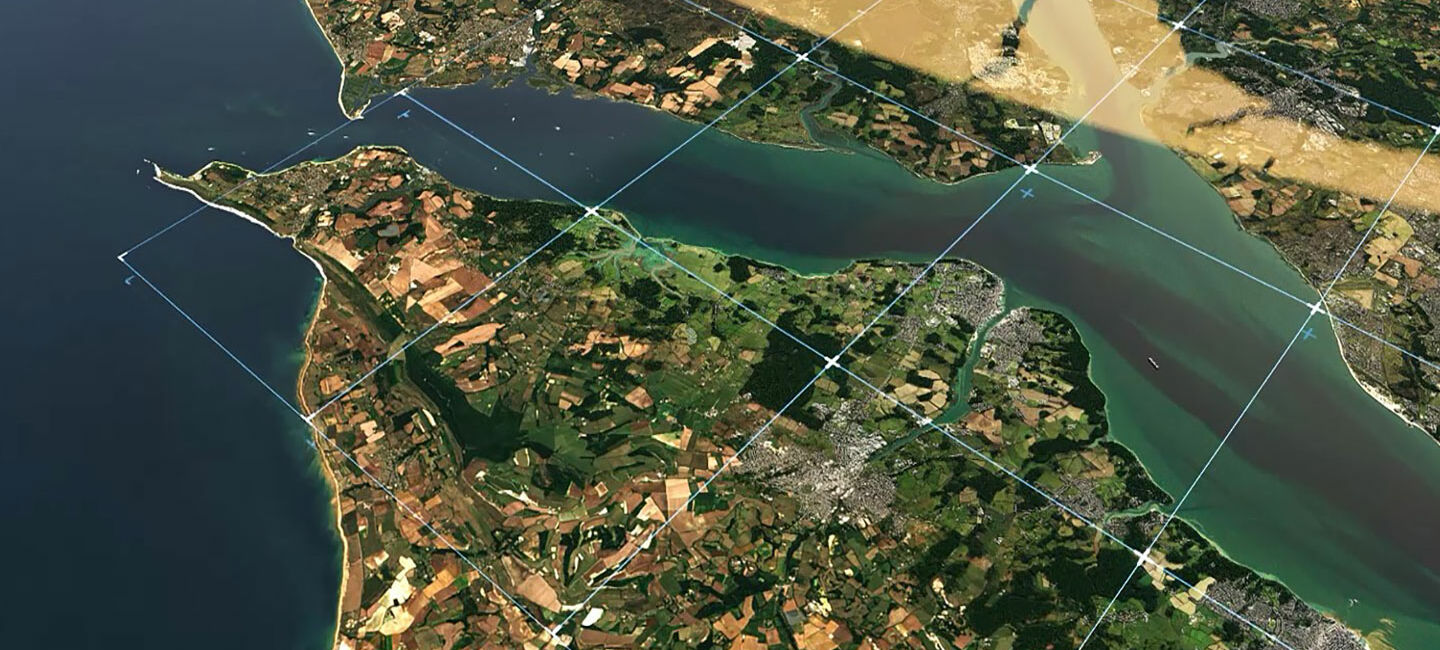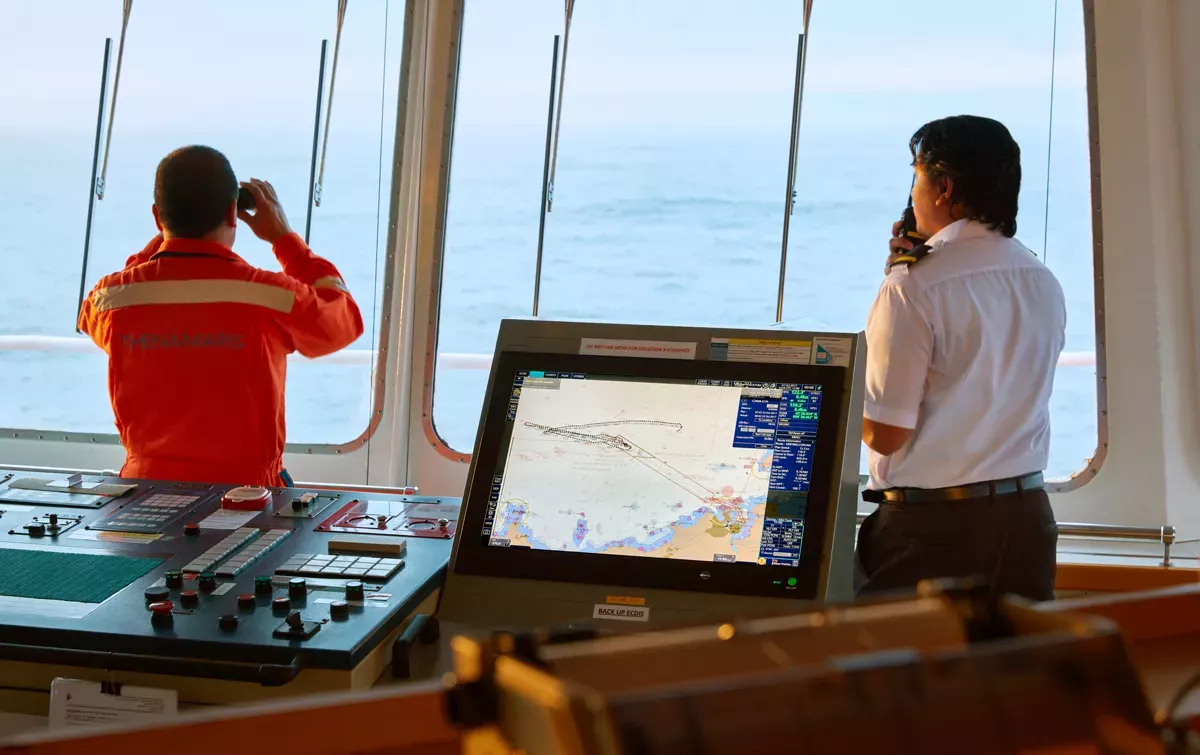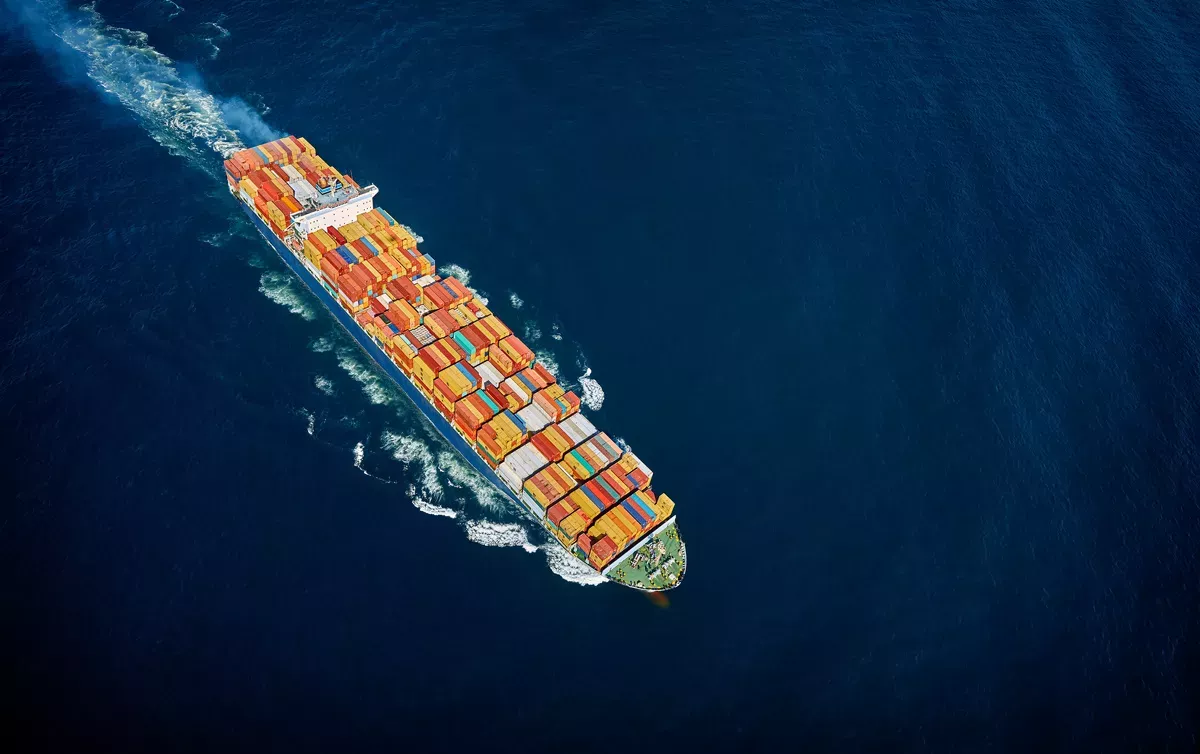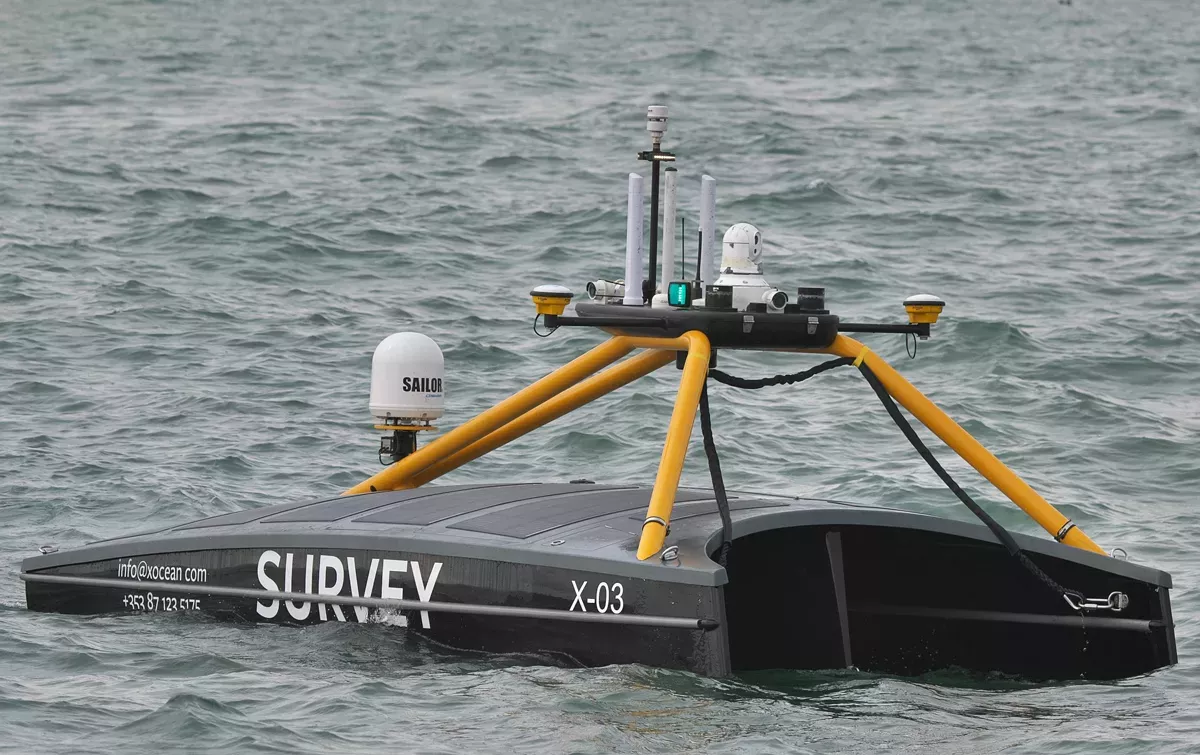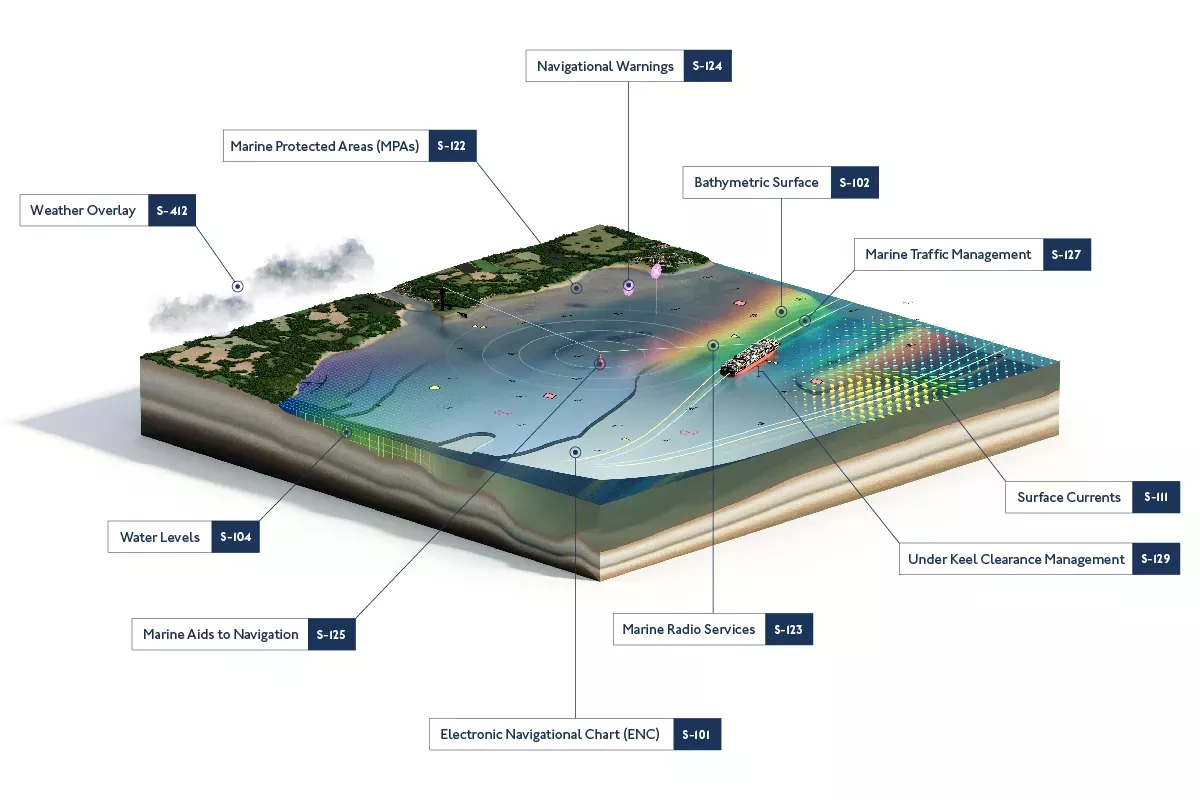
What is S-100?
S-100 is a new data framework that will underpin the next generation of navigation technologies. By providing a universal standard, S-100 will improve the accessibility, compatibility and usability of hydrographic and marine data. This will include the next generation of Electronic Navigational Charts (ENCs), bathymetry, tidal information and more.
These new standards promise to enrich the way data is shared and displayed for maritime and geospatial users. By offering a much more complete picture of the maritime environment, users will be empowered to make more informed decisions based on precise, accurate and timely marine data.
The UK Hydrographic Office is at the forefront of developing S-100 solutions by developing and testing new data sets and conducting real-world sea trials; keep up to date with the latest developments by subscribing to our S-100 mailing list.
Discover how S-100 data sets will support the future of navigation
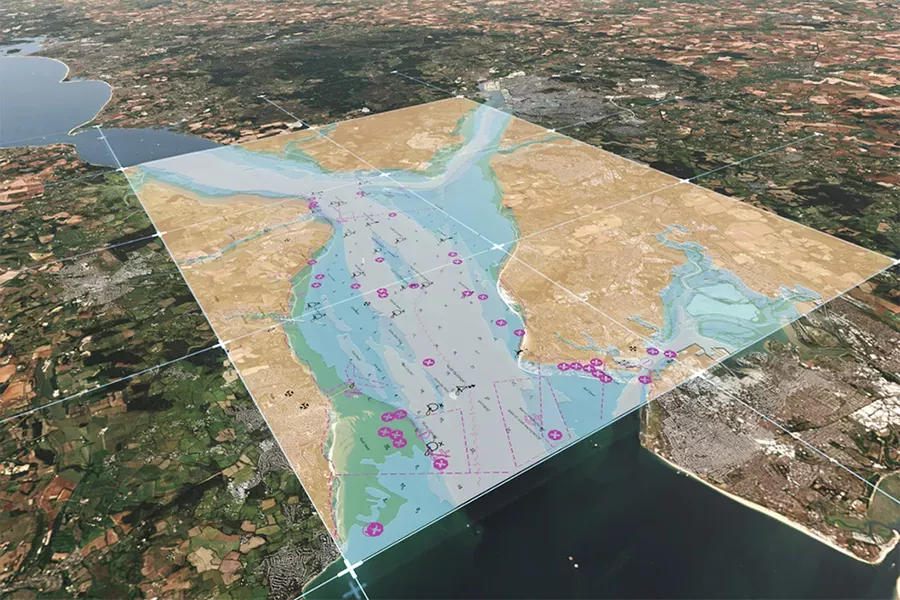
How will S-100 transform the way we navigate?
With dynamic data layers, greater granularity and improved interoperability, the next generation of S-100-enabled solutions will enhance the way decisions are made from ship to shore. From improving navigational safety to helping achieve economic and environmental efficiencies, find out more about the real-world benefits unlocked by S-100 based solutions.
Discover S-100 data sets
Click below to find out more about some of the S-100 standards in development:
S-101: Electronic Navigational Charts
S-101 is the foundation data layer for future S-100 data sets and will replace S-57 (the format used for ENCs today).
S-101 will provide a base chart layer over which other powerful data sets will be overlaid, allowing for a much more dynamic and interoperable display of data in ECDIS.
S-102: Bathymetric surface
S-102 is the data layer for bathymetric surface, containing high-resolution profiles of the seafloor.
With much more granular information, S-102 can open up more navigable space to transit and manoeuvre – reducing risk and complexity when navigating shallow, confined or highly congested waterways.
S-104: Water levels
S-104 is the data layer for water levels information, helping users understand the changes in water levels for dynamic tidal applications.
When used in S-100-enabled tidal models, this data can provide more accurate tidal forecasts to support maritime navigation and port operations.
S-111: Surface currents
S-111 is the data layer for surface currents. This provides information on the horizonal movement of water, represented by both speed and direction, which is vital for maintaining navigational safety – particularly in constrained areas.
Access trial data
In support of the development, testing and use of future S-100 products and services, we’ve created a range of S-100 trial data sets that are free to download.
Discover more resources
Whether you’re already familiar with its potential or keen to understand the basics, we’re here to help you prepare.
Explore the real-world benefits of S-100
The next generation of maritime navigational data standards is emerging but what does it mean in practice?
Our new interactive experience brings S-100 to life, exploring how different data layers could connect and interact dynamically to support better situational awareness, decision-making, and safety at sea.
Webinar series: Shaping the future of navigation with S-100
Our Shaping the future of navigation webinar series brought together a panel of experts to explore how the S-100 framework will transform marine navigation through interoperable data and smarter decision making.
Across both sessions, our panel discussed a wide range of topics, from the development and testing of S-100 to practical steps for its implementation. Key topics included advancements in next-generation ENCs, dynamic safety contours, real-time data integration, and how it could underpin future technologies like automation and autonomous navigation.
Explore findings of a new industry report
Based on research with maritime professionals, this report, developed in editorial partnership between Thetius and the UK Hydrographic Office, explores how prepared the industry is for the shift to the S-100 data framework, what benefits it could bring and where barriers still exist.
In this report, you’ll learn how S-100 differs from S-57 and what it could mean for mariners, the potential real-world benefits such as high-resolution bathymetry, dynamic tide and current data, and auto-updating navigational warnings, as well as key International Maritime Organization (IMO) timelines and what the industry should prepare for during the transition.
Subscribe to keep updated on S-100
If you would like to keep updated on the UKHO's latest developments with regards to S-100 standards and the next generation of navigation, subscribe using the link below.


